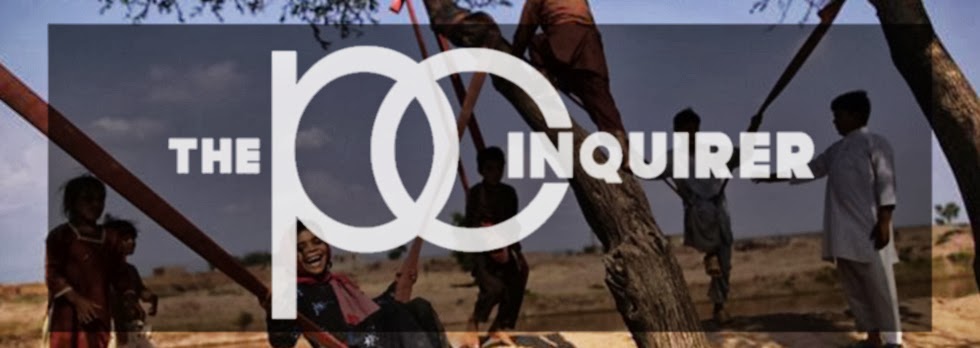Life on the margins: Using the term ‘minority’ helps brush aside social issues, say speakers

Speakers addressed issues of social, political and economic discrimination faced by minority women while discussing the social construct of the term “minority” during a report launch at Crown Plaza Hotel here on Tuesday.
ISLAMABAD:
Speakers addressed issues of social, political and economic discrimination faced by minority women while discussing the social construct of the term “minority” during a report launch at Crown Plaza Hotel here on Tuesday.
“It is a derogatory term because it discriminates between people on the basis of religion especially when a ‘minority’ is facing issues and a definitive clause and categorisation is needed in which to solve those problems,” Member of National Assembly (MNA) Asiya Nasir said while commenting on the term.Speakers addressed issues of social, political and economic discrimination faced by minority women while discussing the social construct of the term “minority” during a report launch at Crown Plaza Hotel here on Tuesday.
Pakistan People’s Party MNA Nafisa Shah elaborated, saying that the construct and affirmative action are closely tied together, adding that debate on one will naturally include the other. “While affirmative action is not a part of the constitution, protection of minorities is,” she said.
The report, “Life on the Margins”, is based on interviews with over 1,000 Hindu and Christian women from eight Punjab and 18 Sindh districts, and was prepared by the National Commission on Justice and Peace.
The research was led by Jennifer Jag Jivan and Peter Jacob in 2010-11, based on a baseline survey conducted in 26 districts of Punjab and Sindh (where 95% of the country’s minorities live).
The interviews inform readers on the minority population, current policy frameworks and the space available for minority women.
Other minority issues include legal disparity, review of personal laws, religious and gender biases, forced conversions and the lack of policy focus and segregation data.
According to the report, 43% of minority women have faced religious discrimination at their workplace (an overwhelming 76% of working women faced sexual harassment), educational institutions and neighbourhoods.
The data reflects the literacy rate among minority women stands at 47%, much lower than the national average of 57% and urban literacy rate of 65%. This is reflected in their living and economic conditions, where they are on the “margins”, according to the report. Further to facing forced conversions, minority women reported that in a majority culture, their autonomy is controlled, which further jeopardises their independence.
Most minority children are forced to take Islamic studies for lack of appropriate alternative.
The data showed a higher infant mortality rate among minorities than the national ratio; 314 infant deaths among 3,050 births with a 10.30% mortality rate which is quite high in comparison to the national mortality rate that is 8.7%.
The report notes the lack of official data that could help civil societies and the government assess the situation, to intervene for improving conditions.
It also calls for assimilation by not only electing minority members for minority representation and vice versa to bridge the gap between “minority” and “majority” in the country.
Published in The Express Tribune, February 29th, 2012

No comments:
Post a Comment